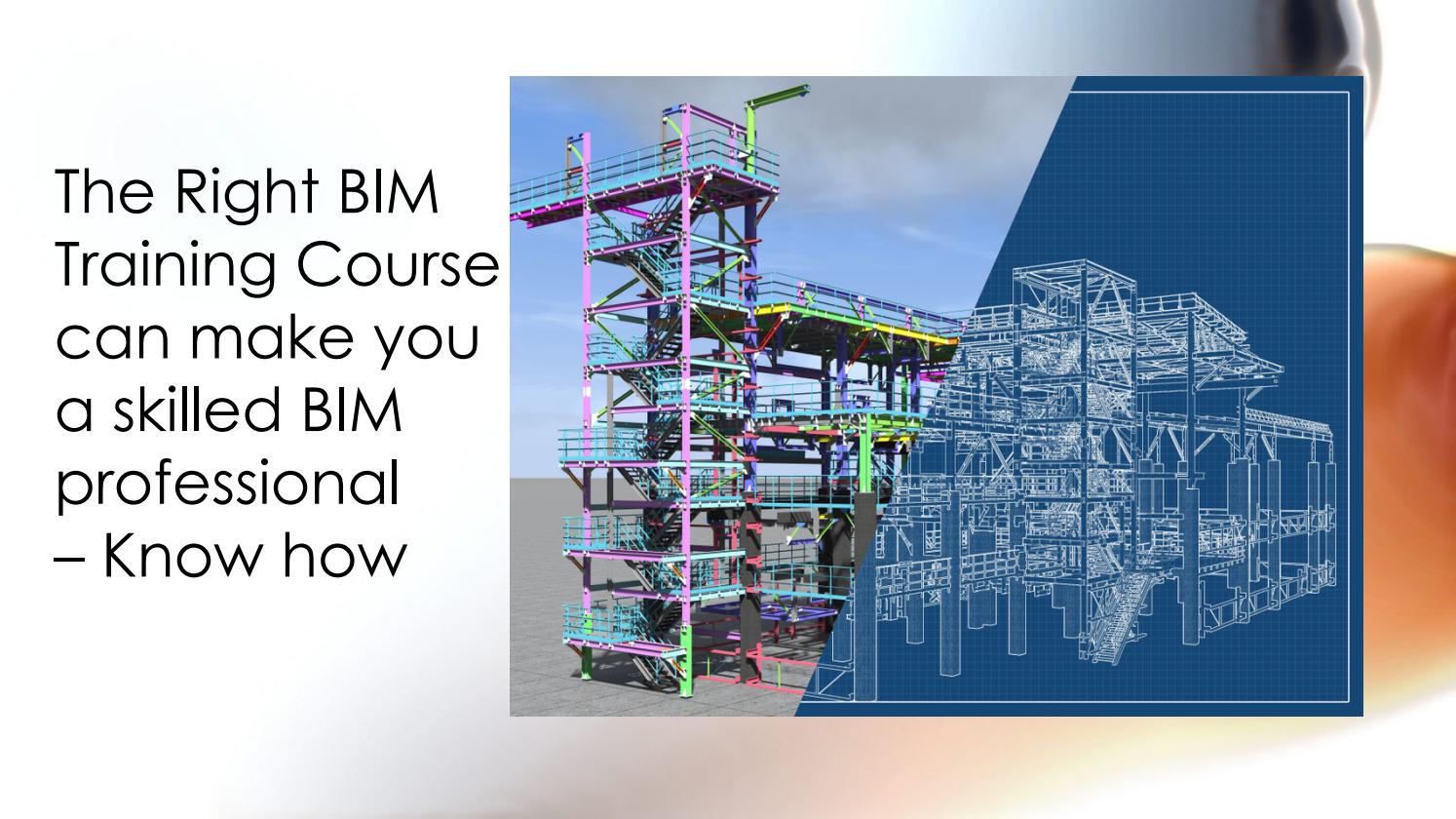What Are BIM Certification Courses?
Bim certification courses will help you understand the fundamentals of building information modelling. You can learn how to apply the design to the construction industry besides learning about the technology-enabled workforce. You can get to know the methods of creation evaluation and exchange of building information models. Using the BIM and 4D modelling for construction optimises the sustainable building initiative.
What would you learn during the course?
You will learn different modelling and visualisation techniques for presenting different designs.
You can learn how to design 3D models for architectural structures using building information modelling elements which are the virtual representation of the real world.
You can learn to create models that accurately reflect the construction techniques used for the specified materials and the system centre.
You can create 4D simulations to support the construction planning and understand the impact of proposed design features on your construction schedule and workflow. You can learn how to develop models to support conceptual cost estimation and quantity takeoff.
You would explore how to use the BMI to track, update and maintain facilities management information so that you can support better operations planning and maintenance and decision making throughout the life cycle building.
Who can take this course?
- You should consider this course if you are a civil engineering student or a civil engineer. You can take the course even if you are a construction science student.
- Construction engineers and managers can also take up this course.
- Even if you are a construction management student, you can easily take this course and study ahead.
The Tekla structures course is perfect for students who want to understand BIM better by using and applying the latest BIM technologies. You will learn different tools and technologies to create BM templates that can be instantly applied on the job.
Different industries that have incorporated the use of building information modelling
architecture
The software will guide the architect to build great solutions to improve the building performance and effectively coordinate the project life cycle.
Mechanical Plumbing and Electrical
Technology will improve this industry’s design quality and enhance coordination with the ongoing project.
Civil
The primary objective of the software is to develop and improve system workflow, and the outcome would ensure better profit and productivity.
Construction
Technology will allow you to digitise the construction site completely. Users can easily access the project data from the design, mainly through construction.
Benefits of BIM
Users have not yet wholly identified the potential of the technology, but building information modelling can produce excellent quality work if it is used effectively.
Better Collaboration and Communication
Digital models based on building information modelling allow users to share and collaborate information, which is different from paper drawings or printouts. The software ecosystem enables the team to coordinate easily in project construction or planning.
Model-Based Expense Estimation
The term is entirely self-explanatory. The Bim system allows for reducing the time last in quantifying and applying the construction cost. The Bim course can effectively do the same for users.
Project Visualisation
The course allows experts to visualise the complete project even before the machines hit the ground, and the software enables users to experience what space will eventually look like.
Conclusion:
The BIM would help you to develop an insight into using the technology. You would learn about the software’s strategies to align with the company’s workflow pattern.








